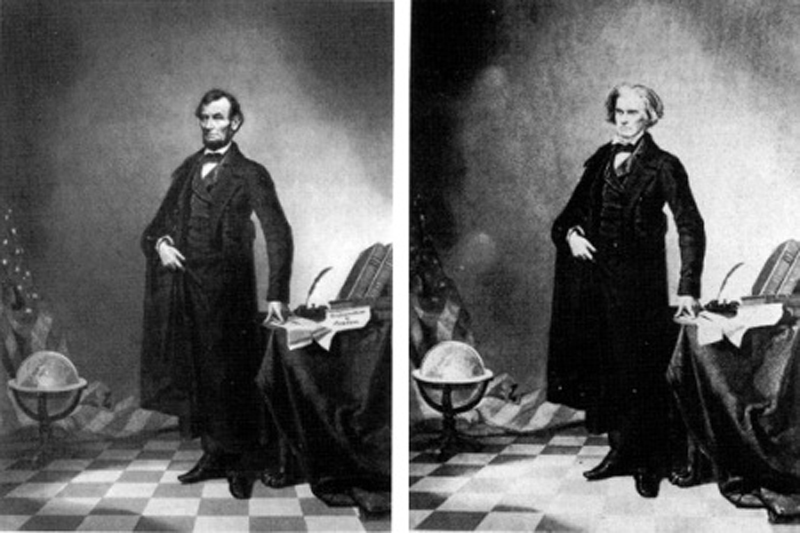“Photography, as a powerful medium of expression and communications, offers an infinite variety of perception, interpretation and execution.” —Ansel Adams
What is truth in photography?
Our initial reaction to photographic images often leans toward belief or trust that the picture tells a true, unbiased story. By following these gut reactions, we are often led by the hand toward manipulation by advertisers, marketers, and product designers. But if we aren’t going to get the thing that we are shown, why even bother?
Historically, the earliest photographic technologies such as daguerreotype were seen as an easier way to accurately create representations of people, architecture and places—a technological substitute for the more cumbersome process of painting. It was only through errors that occurred during photographic capture and in the darkroom, that we find the first manipulations and artistic renderings. Since then, photography has been engaged in an ongoing process of experimentation, altering both the way we take pictures and what we do with them in post-production. With these abilities, photographers and their editors were able to change what was ‘true’ and decide how a final work was to be seen (see examples of manipulations through history). Presumably, the further we wander from that initial shutter click, the further we stray from the truth.
Truth gives power. It embodies trust and integrity, and will lead to customer loyalty. Although there is nothing innately wrong with manipulating images, it can mislead and discourage when unannounced or misplaced.

Here, the famous portrait of President Lincoln is actually his head pasted on the body of politician John Calhoun.
Manipulating images is a skill, a trade, and can even be an art. These manipulations can empower us with the ability to create situations that do not even exist. They allow us to go beyond reality, and tap into our creativity to alter our visions and create subsequent forms of our imagination. This really is a great thing and there are times where it should be implemented in marketing and art; we just need to know when.
For companies that really do have a great product or service to offer, representing them as they truly are gives validity to what they offer. Especially on websites, where people go to quickly learn about what is offered, truly representative images give an edge by promoting the reality of what is offered. With this edge, companies or individuals can rely on their ability to persuade clients through a real product that is represented as it is actually offered. This can be rare. For instance, just because we see a magazine ad for age-defying skin cream and a middle-aged woman with few wrinkles happily applying it to her skin does not mean that we will be able to look like this person after a week of using the cream—or even ever. In this context, the photography is not speaking the truth. The Dove Self-Esteem Fund did a good job of highlighting how images are altered from start to finish in this brief and informative film:
I will not say that this type of marketing is evil or wrong (that is a whole other debate), but I will say that it is not placing truth behind its photography. This isn’t to say that some of these products may work—they may even work well—but by shading the reality of what is being sold, we are stepping away from truly representative photography.
In the B2B and nonprofit realms, a brochure website’s power comes from its ability to represent the company through text and imagery. Through these images, the idea is to inform potential clients or constituents of your message and persuade them of your legitimacy. Brands that offer truthful imagery on their websites are not only improving their sites’ capacity to support and facilitate the sales process, but are also, in fact, helping to support the full explanation of what they do. By displaying themselves as they truly are, these brands are bolstering their legitimacy. Clients will receive a product or encounter the brand just as they did on the website. By enforcing their ability to follow through with what is advertised, the company will increase their customer base by word-of-mouth of impressed clients. A brand that really has a great product has no reason to do anything but to show themselves as they truly are.
Click below to sign up for our mailing list and get access to our library of downloadable guides, including the following:



i like photography.. i think this is good…
regards
sahila